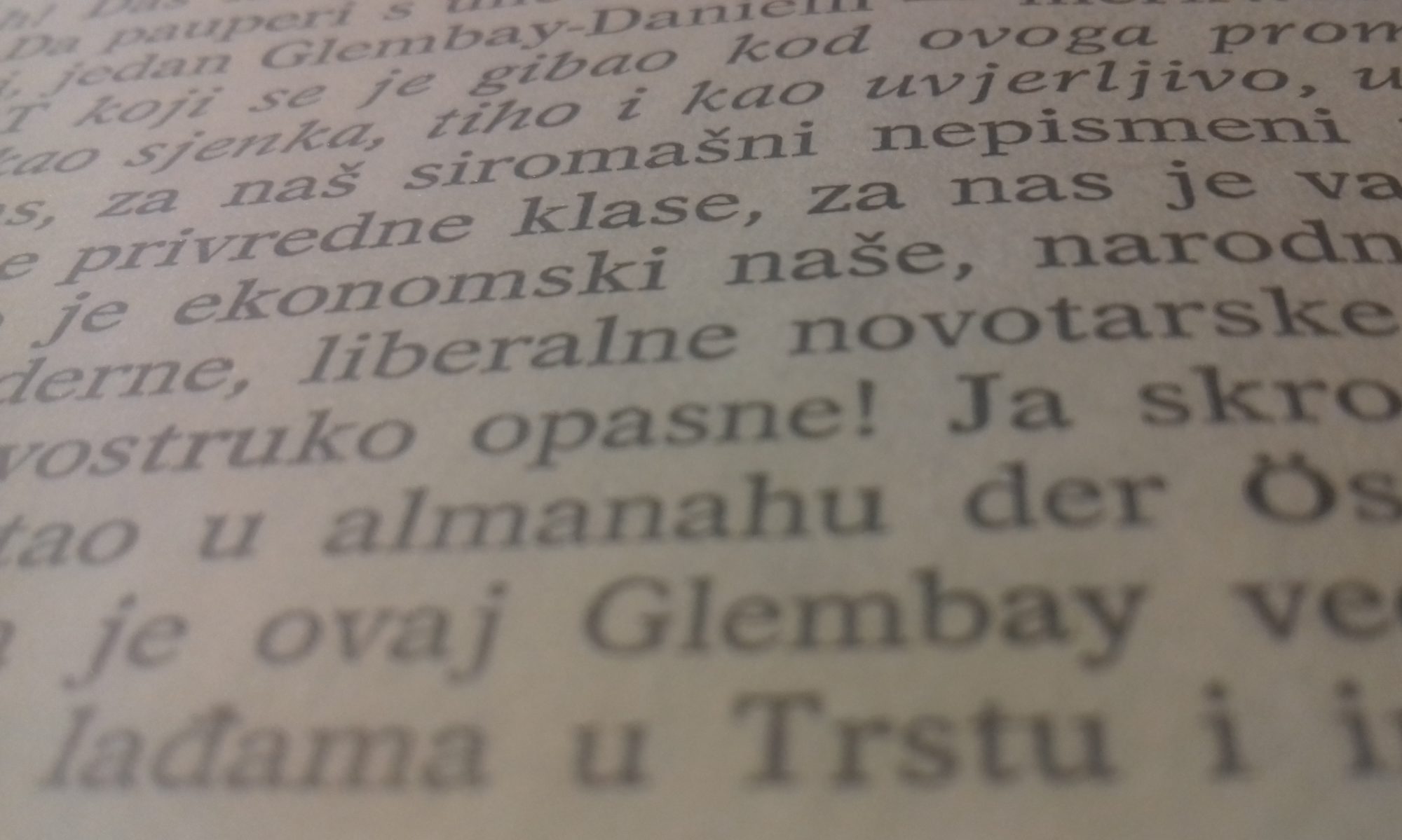Prof. dr. sc. Stipe Grgas održao je izlaganje “Structure and Resistance in Pynchon’s Bleeding Edge” na konferenciji “Gravity Assist: Speculative Change in Literature, Film and Art” koja se održala od 13. do 15. rujna na Sveučilištu u Splitu
Gravity assist is a slingshot move, when one object uses the gravity of another to propel itself out of orbit. This concept from space travel, first used with the Mariner 10 probe in 1974, functions as a metaphor for escaping the constraints of the present to create change for the future. The conference aims to examine strategies for challenging the limitations of the present in order to escape from them. Much contemporary thought is unfortunately, but understandably, focused on dystopia. Fredric Jameson laments that it is easier to imagine the end of the world than the end of capitalism, and the late Mark Fisher describes the state of capital realism in which the “invisible barrier” of capitalism inhibits any thought of an alternative. However, the conference aims to re-imagine the constraints of the present as strategies for changing the future. This is not limited to science fiction, but rather encompasses all fictive representations of change. This includes, but is not limited to, alternative pasts, hidden presents and unpredictable futures. For example, in his novel The Underground Railroad, Colson Whitehead takes the idea of a railroad literally in order to explore a narrative of potential change in the 19th century. Or, with his film Crumbs, Miguel Llansó formulates a dystopian future for Ethiopia in order to imagine a new role for objects, ecology, love and race in the present. And in the realm of art, Elaine Sturtevant made exact copies of contemporary art in order to challenge the contexts, economies and genders of their creation and reception. What these initial examples indicate is the way that imagination can lead to refiguring strategies of oppression. This conference aims to expand these strategies in the most imaginative and controversial ways possible.

